Phenotypic diversity and relationships among a worldwide durum wheat (Triticum turgidum L. var. durum) germplasm collection under rainfed conditions of Iran

Authors:
Information on the variation available for different plant attributes has enabled germplasm collections to be effectively utilised in crop improvement. This study evaluated 380 durum wheat landraces, representing a worldwide durum wheat collection from 16 geographical origins, for several phenological and agronomic traits under rainfed conditions of Iran during three consecutive cropping seasons (2008–11). The experimental design was an unreplicated trial for all landraces, augmented by four repeated check cultivars. Best linear unbiased predictions (BLUPs) representing adjusted genotypic means were generated for individual trials using a mixed model. Multivariate analyses were used to measure the phenotypic diversity within the germplasm collection and relationships among landraces from different geographical regions. Combined analysis of variance indicated significant differences between years, landraces, and their interaction effects, indicating high variability among the germplasm across the years for each studied trait. Low heritability coupled with low genetic advance as a percentage of the mean was observed for days to heading (DTH) and days to maturity (DTM), whereas moderate heritability with moderate genetic advance as a percentage of the mean was exhibited for grain yield (YLD) followed by 1000-kernel weight (TKW) and plant height (PHT). According to Shannon’s phenotypic diversity index, collections from Iran (which represented a high percentage of germplasm tested) exhibited lower diversity in quantitative traits, especially for phenological traits, i.e. DTH and DTM, relative to landraces from other origins. Biplot analyses indicated several significant patterns among landraces from different geographical regions. The landraces with American and Australian origins were closely associated with each other and can be characterised by low yield productivity, high PHT, and high infestation by wheat stem sawfly (WSS). In contrast, the germplasm from Asian origins showed high yield potential and high TKW with good tolerance to WSS. The results indicated that the Iranian landraces with the lowest yield tend to be late in flowering and maturity. In conclusion, landraces with a wide genetic diversity were identified and can be used to achieve breakthrough in the durum wheat genetic improvement.
